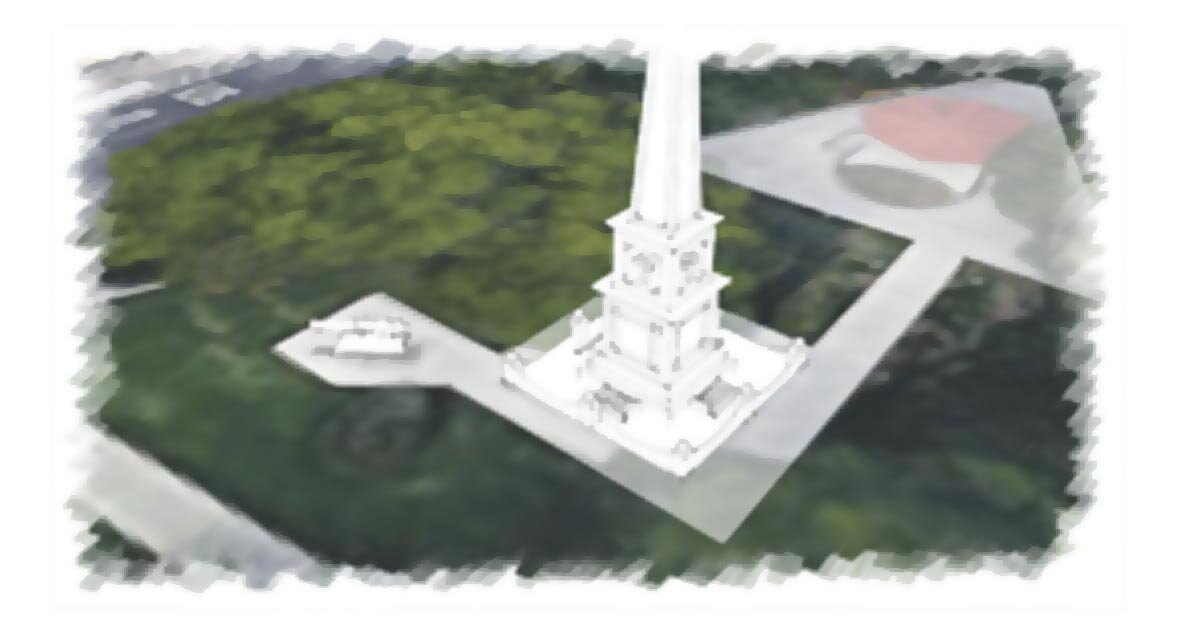Contextualization and the Landscape
Written by Carter Gresham
Every place has a story, whether latent or apparent. Sometimes that story is revealed through the landscape, while others are subtle, only seen and understood by the most discerning eyes. But often times, the story that we’re seeing and experiencing is only conveyed from one viewpoint. In a way, we’re understanding a place through one lens, unable to fully know the broader impacts, characters, and events of that story.
In the past half decade the need for a clearly understood context has been brought to the forefront of a dialogue going on in homes, government chambers, and our built environments. This context and this underlying narrative can be enlightening, it can be damaging, it can be discomforting, but more than all the rest, it can be illuminating. By pulling back the curtain on a one-sided narrative, we create a broader and more complete picture. Contextualization in the landscape does not detract from the existing story, but instead seeks to bring that story into a larger space, a more informed space, and often, a more open and transparent space.
The Marquis Latimer + Halback, Inc. team has recently been involved as the design consultant assisting the City of St Augustine’s Confederate Memorial Contextualization Committee with coming up with an additive intervention connected to a local Memorial to Confederate Dead.
“While we can accept the existence of something, no longer are we allowing ourselves to accept only one viewpoint, only one voice.”
While the main task of the committee has been to create additional narrative descriptions of the memorial and it’s greater context, Marquis Latimer + Halback, Inc. has focused our efforts on creating hardscape elements that help highlight these added story elements. We’ve found that, even beyond the story itself, the presentation of the added elements and their relationship with the existing monument becomes a part of the story as well.
Throughout the process we’ve learned that being able to add to the story instead of juxtaposing a completely different story is the mark of success in contextualizing things. When we add a chapter, an epilogue, a prologue, an aside, we further educate the reader and the person experiencing the space.
While we can accept the existence of something, no longer are we allowing ourselves to accept only one viewpoint, only one voice. The story, whether we wish it to or not, will evolve and change over time, the subject and premise, sometimes becoming distorted. But stories are spread and told differently each time – they grow, just as our understanding grows.

